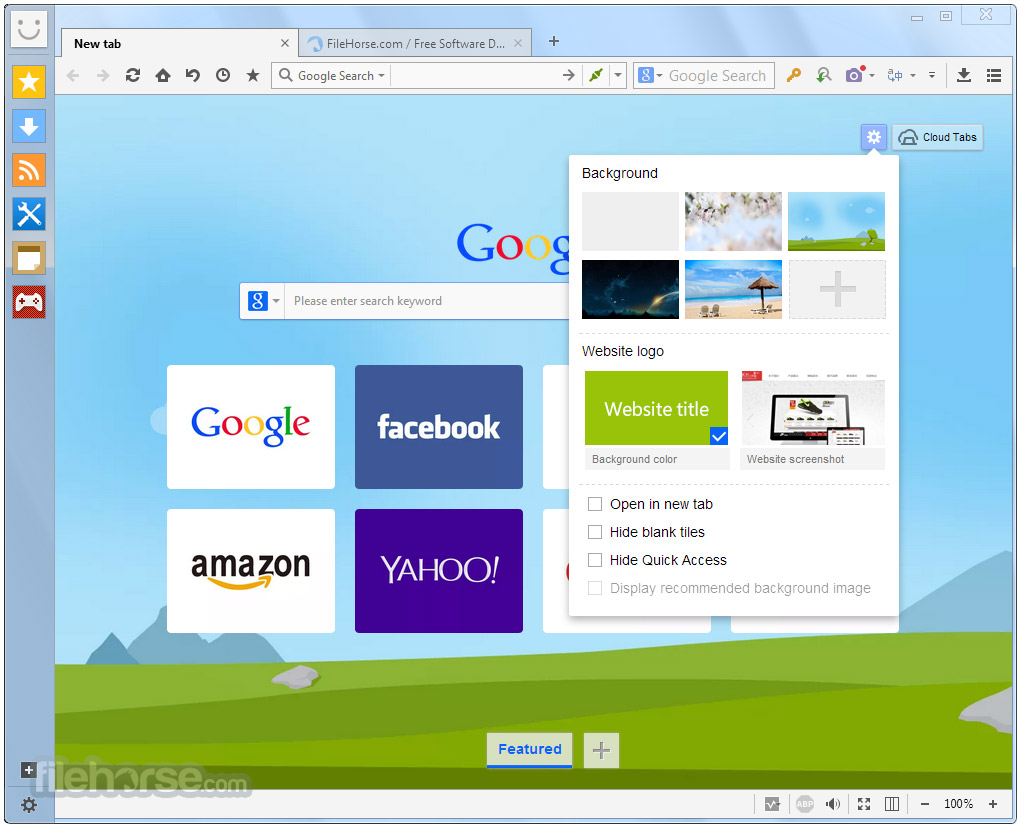

Go to the Apple Menu, and choose System Preferences (again).Normally, you would not have any profiles unless your computer was set up by a corporate IT department, or have installed personal VPN software. If it is there, go into it, and remove any profiles that you can’t account for or, are unsure of the purpose for. See if there is an item called Profiles - if it’s there at all, usually it is in the fourth row. Go to the Apple Menu, and choose System Preferences.After restart, reopen MalwareBytes (if necessary), and Clear the Quarantine. If MalwareBytes finds anything, restart your Mac, whether or not you are instructed to.

So, once you’ve performed a scan with MalwareBytes, and it removes whatever it finds (or gives you a clean bill of health, rightly or wrongly), you need to take a few more steps. It doesn’t always find absolutely everything, and even when it does remove garbage software from your computer, it sometimes doesn’t perform final steps required tor return things to fully normal, and prevent you from potentially being reinfected. However, like all malware protection software, it’s not perfect.

#Malwarebytes for mac chrome manual#
It’s free to perform manual scans for malicious software you can subscribe for automatic protection. MalwareBytes has for years (dating from its origins as AdwareMedic) been the most effective tool for getting rid of the most common kind of Mac adware and malware. If you really need Flash, use Chrome, which has it built in. The most common way of getting this junk are fake notices saying your Flash player is out of date - if you see one, please disregard it. If you’ve ever seen your search engine in Chrome, Safari or Firefox mysteriously redirected to a strange, non-Google search engine, or seen pop-up ads warning that your Mac may be infected, or that advertise dubious services, you’re probably a victim of adware or malware on your Mac.


 0 kommentar(er)
0 kommentar(er)
